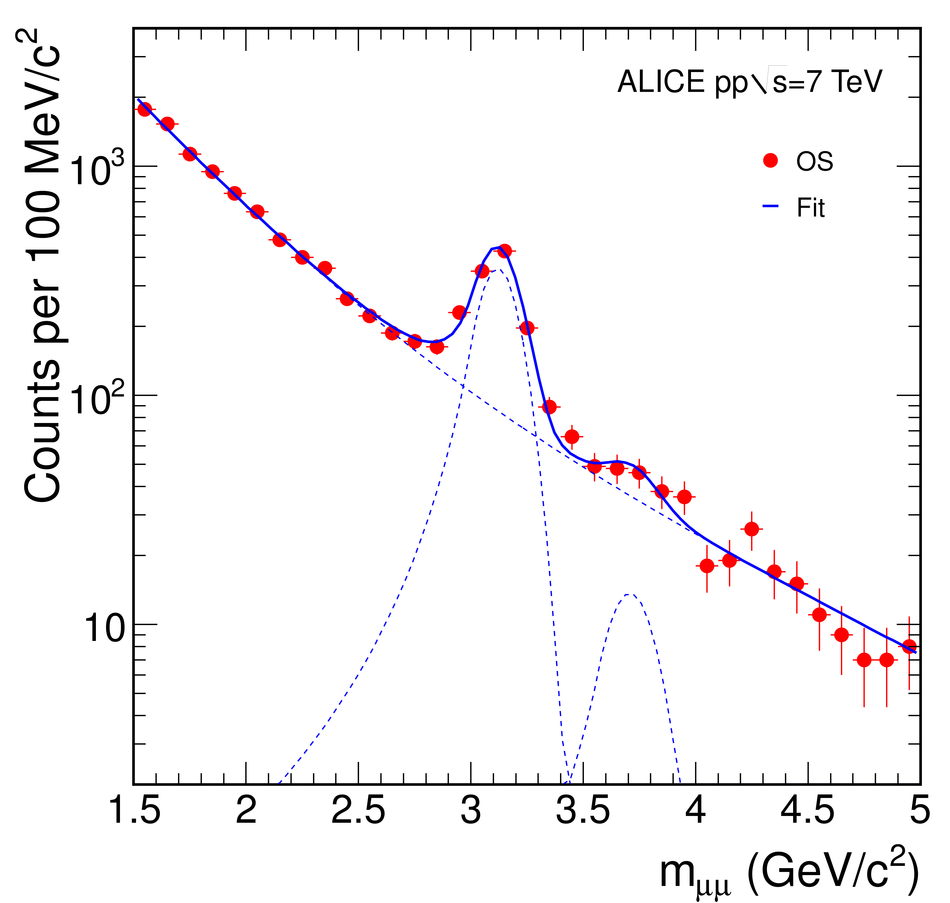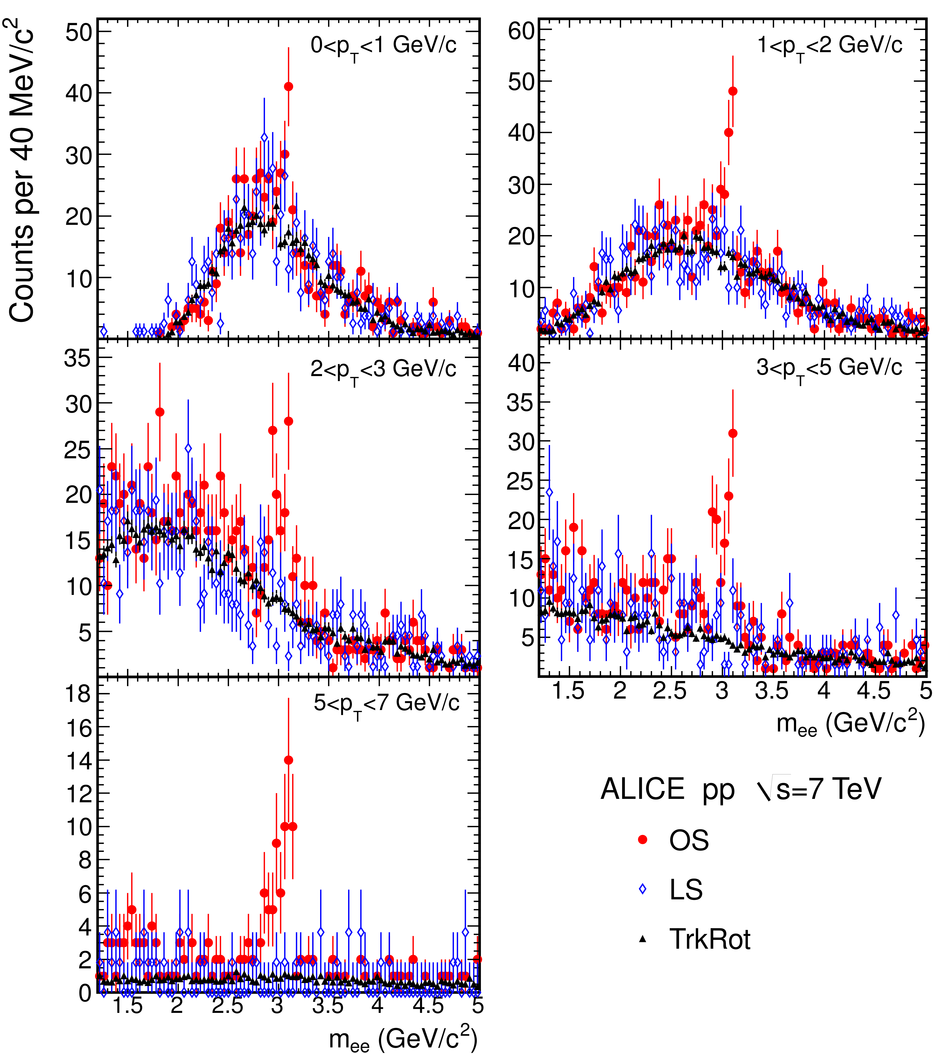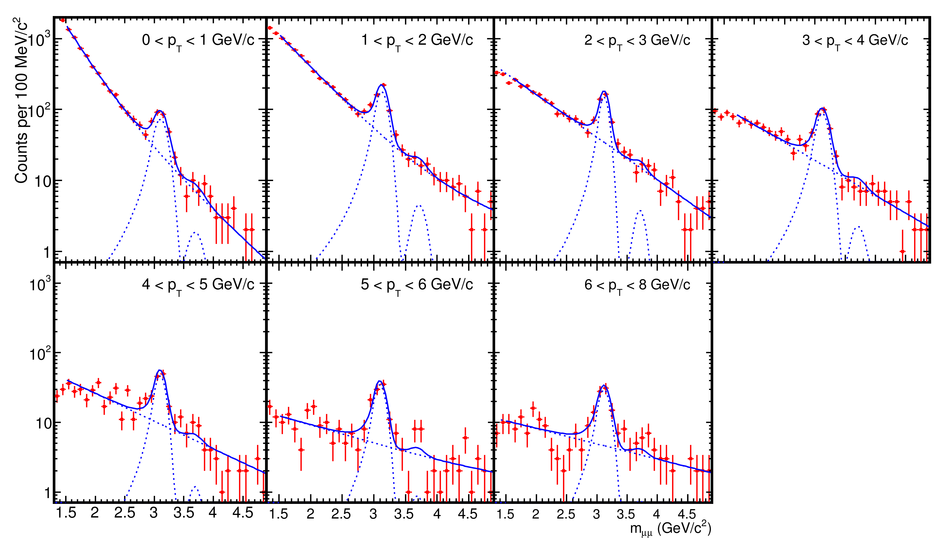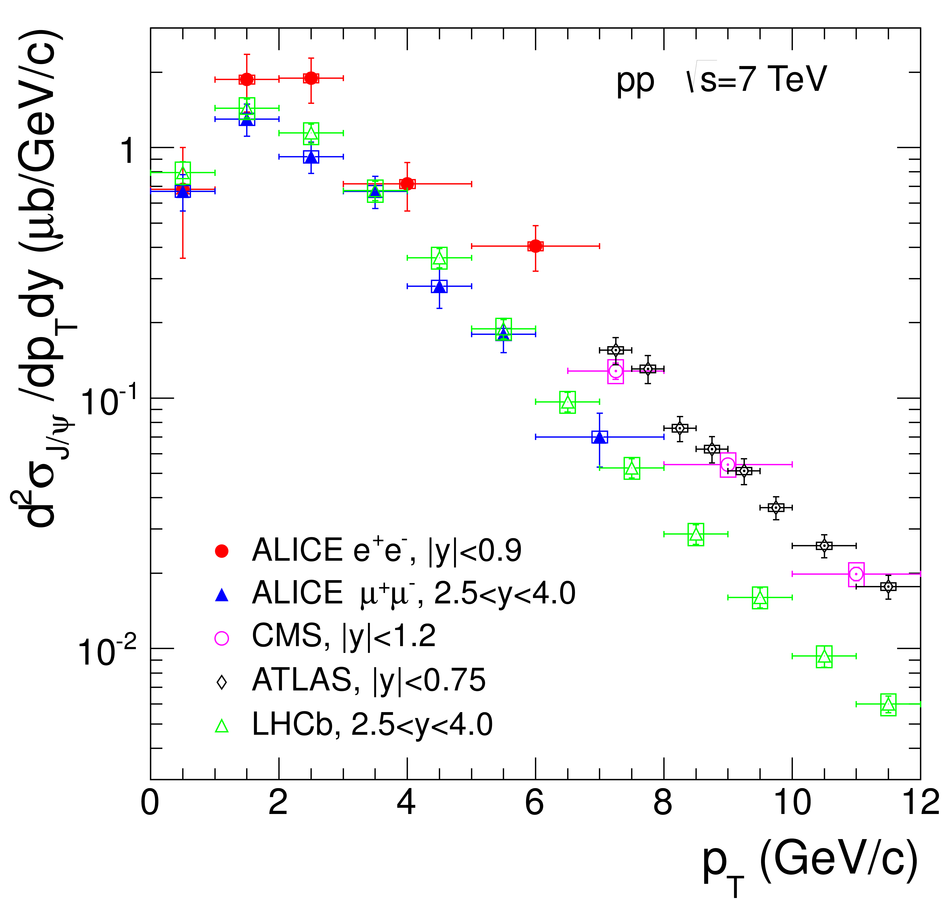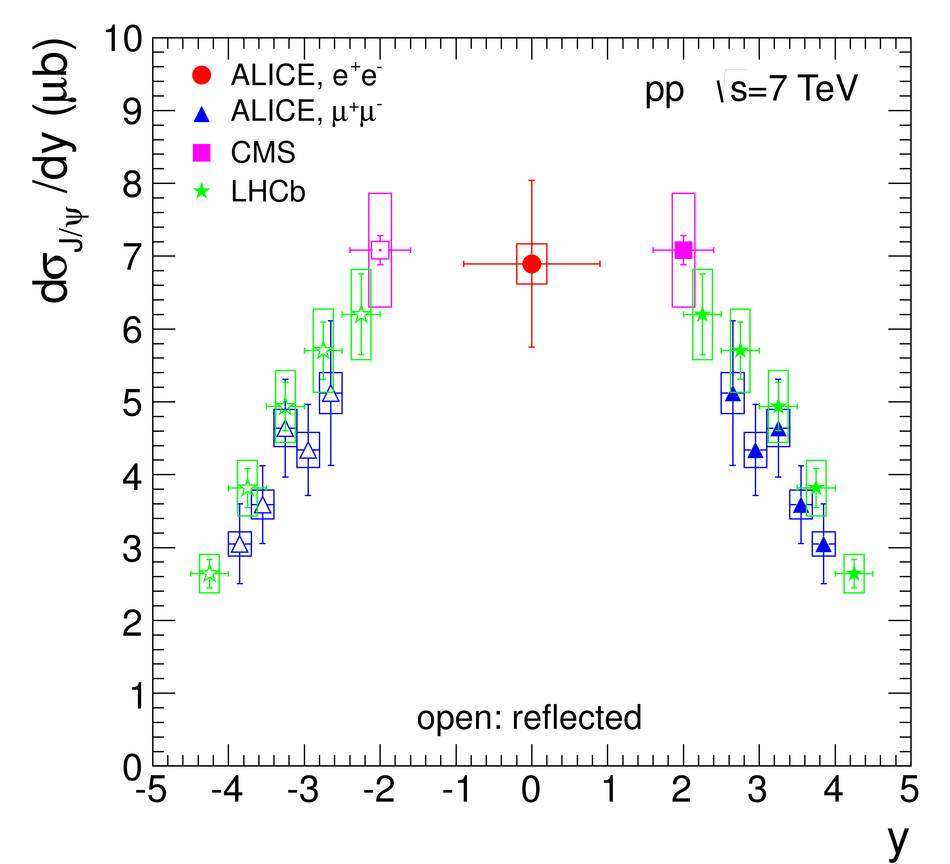The ALICE experiment at the LHC has studied inclusive $\rm J/\psi$ production at central and forward rapidities in pp collisions at $\sqrt{s} = 7~$TeV. In this Letter, we report on the first results obtained detecting the $\rm J/\psi$ through the dilepton decay into e$^+$e$^-$ and $\mu^+\mu^-$ pairs in the rapidity ranges $|y|<0.9$ and $2.5<y<4$, respectively, and with acceptance down to zero $p_{\rm T}$.In the dielectron channel the analysis was carried out on a data sample corresponding to an integrated luminosity $L_{\rm int}$ =5.6~nb$^{-1}$ and the number of signal events is $N_{\rm J/\psi}$ = 352 $\pm$ 32 (stat.) $\pm$ 28 (syst.) the corresponding figures in the dimuon channel are $L_{\rm int}$ = 15.6 nb$^{-1}$ and $N_{\rm J/\psi}$ = 1924 $\pm$ 77 (stat.) $\pm$ 144 (syst.).The measured production cross sections are $\sigma_{\rm J/\psi}(|y|<0.9)$ = %10.7 $\pm$ 1.0 (stat.) $\pm$ 1.6 (syst.) $^{+ 1.6}_{-2.3}$ (syst.pol.) $\mu$b and12.4 $\pm$ 1.1 (stat.) $\pm$ 1.8 (syst.) $^{+ 1.8}_{-2.7}$ (syst.pol.) $\mu$b and $\sigma_{\rm J/\psi}(2.5<y<4)$ = 6.31 $\pm$ 0.25 (stat.) $\pm$ 0.76 (syst.) $^{+0.95}_{-1.96} $(syst.pol.) $\mu$b. The differential cross sections, in transverse momentum and rapidity, of the $\rm J/\psi$ were also measured.
Phys. Lett. B 704 (2011) 442, Phys. Lett. B 718 (2012) 692 (erratum)
HEP Data
e-Print: arXiv:1105.0380 | PDF | inSPIRE
CERN-PH-EP-2011-057



